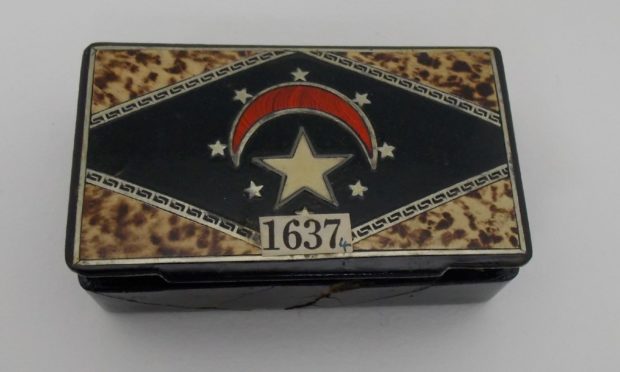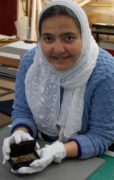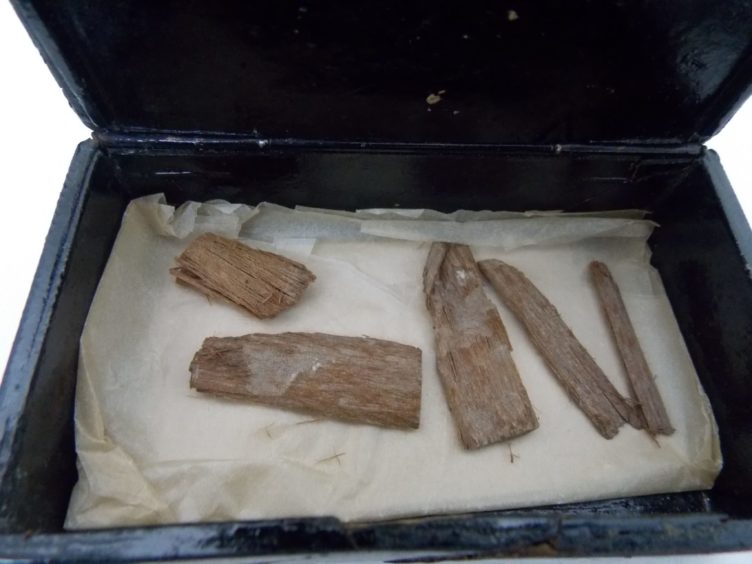The rich history of my home country has played a central role in my life so far – but I did not really expect it to have an even bigger impact because I moved to Aberdeen.
I was born in Cairo and studied Egyptian Archaeology and Conservation at Cairo and Helwan universities before I started working in the Egyptian Museum, Cairo.
My first job was with the team responsible for preparing the royal mummies for display – a role which put that whole fascinating period front and centre for me.
After further study in Manchester, I came to Aberdeen and one of my first experiences of the city was excavating a site at the East Kirk of St Nicholas, where more than 1,000 skeletons were discovered as well as a large number of artefacts including organic material such as leather and textile.
Later, I took part in several archaeological excavations in Aberdeen and the shire including the excavations at the Marischal quadrangle during the refurbishment of Marischal College.
Further reading
- The Mither Kirk’s 800 years at the heart of Aberdeen
- Aberdeen archaeologist confirms major prehistoric village find in Cruden Bay
This gave me an insight into the huge amount of archaeology and historically significant material in this city, much of it held within Aberdeen University’s internationally significant collections.
Shortly after I arrived in Aberdeen in 2005, I joined a team of volunteers at the then Marischal Museum. While volunteering, I became aware that almost 20 years ago a record had been discovered which showed that a fragment of wood – one of only three items ever discovered inside the Great Pyramid and part of what became known as the Dixon relics – may have been donated to the university.
The other two relics, a ball and hook, are housed in the British Museum and the trio of items were said at the time of their discovery in 1872 to be of significance for the “evidence they are likely to afford as to the correctness of the many theories formed by Sir Isaac Newton and others as to the weights and measures in use by the builders of the pyramids”.
However, the location of this third item was completely unknown until 2001 when a researcher identified a record that showed it has been donated to the university by James Grant, who was a medical graduate of Aberdeen born in Methlick in 1840.
He assisted the engineer Waynman Dixon in his exploration of the pyramid’s Queen’s Chamber and a “five-inch piece of cedar” was listed as among his donations to the university, bequeathed in 1946.
You might think this would make it easy to locate but the significance of the item was never understood and its location in the store was not recorded when it was catalogued. It was instead hiding somewhere within the university’s vast stores and despite multiple searches, had never been located.
Then last year, I was asked to be part of a team conducting a review into the university’s Asia collection.
There a colleague (Christina MacKenzie) and I came across a small box and I was immediately intrigued because the item had the old Egyptian flag on the top. Being Egyptian, I took an immediate interest in this as it didn’t seem to belong here.
It also had an old serial number which did not match with the collection, so I did a bit of detective work and cross-referenced it with other records. Once I looked into the numbers in our Egypt records, I instantly knew what it was, and that it had effectively been hidden in plain sight in the wrong collection.
Although as an archaeologist I knew how important this was, nothing prepared me for what was to follow.
The world’s media were suddenly interested in our city and our collections and I found myself talking to reporters from all over the world in both English and Arabic, which may have been a little rusty.
It has been a real pleasure to highlight our collections on a global stage, bringing to the attention of the public and researchers alike this rediscovery.
When I began work here, I never imagined that, so far away from home, I’d be uncovering a piece of history so significant to Egypt. Our hope now is that when Covid restrictions ease, we’ll be able to put the pyramid discovery on display so that people can come and learn for themselves what all the fuss was about.
Abeer Eladany is assistant curator at Aberdeen University Museums












